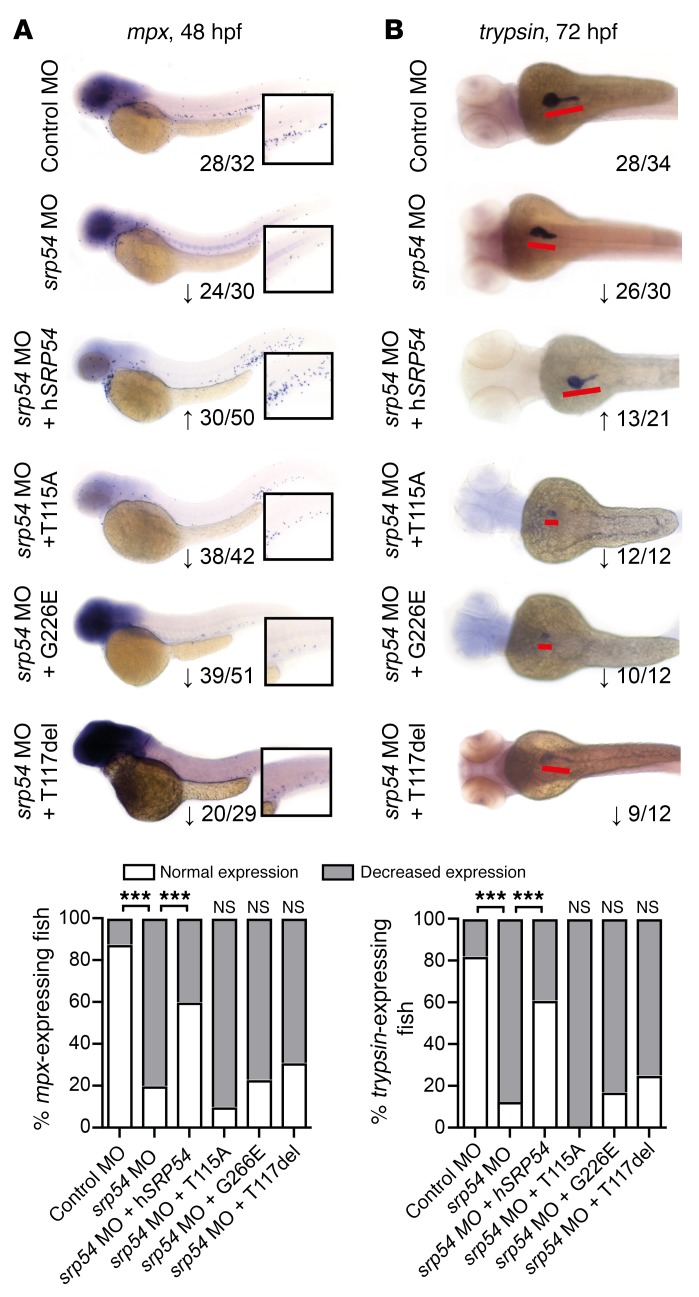Figure 7. Mutated versions of SRP54 identified in patients cannot rescue neutropenia or exocrine pancreas development in srp54-deficient zebrafish.
WISH of mpx at 48 hpf (A) and trypsin at 72 hpf (B) in control-injected, MO-injected, MO plus 100 pg hSRP54 mRNA–injected, MO plus 100 pg T115A mRNA–injected, MO plus 100 pg G226E mRNA–injected, and MO plus 100 pg T117del mRNA–injected zebrafish embryos. Shown are representative images and summarized data from experiments performed in 3 or more biological replicates with at least 4 fish per group for each independent replicate experiment. Numbers indicate the sum of embryos with the respective phenotype per total number of embryos analyzed in all replicate experiments for the respective condition. Arrows indicate downregulation (↓) or rescued expression (↑) for each gene. (A) Whole embryo size is 3.1 mm; original magnification of insets: ×2. (B) Embryo size depicted is 1.75 mm (whole embryo size at this age is 3.5 mm); the red lines highlight the pancreas in each embryo. Images were taken with a ×5 objective on a Leica DM 2000 LED microscope. The graphs below display the percentages of embryos with normal versus decreased expression in all embryos analyzed across the biological replicates. Note that upon coinjection of mutated mRNA, the phenotype was statistically indistinguishable from srp54 MO–injected embryos, indicating that, as opposed to WT SRP54, the mutated versions of the protein cannot rescue the phenotype. ***P < 0.001, by Fisher’s exact test.

